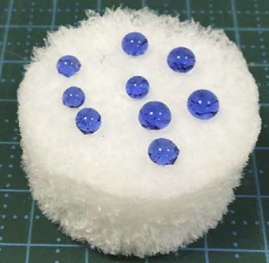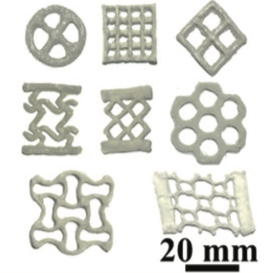As demand for oil increases, so does its extraction and, consequently, the frequency of production-related accidents. This necessitated advancements in oil separation and absorption techniques to make sure that environmental disasters can be prevented.
An efficient way to remove oil and solvents from contaminated waters are absorbents, which directly remove the oil in the deployed surroundings. Additionally, they facilitate the possibility of recycling the absorbed oil after recollection. However, common absorbing materials utilized for the cleaning of oil spills are known to have a low environmental compatibility.
In light of these facts, researchers from the National University of Singapore have synthesized novel environmentally benign cotton-cellulose aerogels which exhibit promising oil absorption characteristics. The monolithic pure cotton (PC) and cellulose-cotton (CC) aerogels were manufactured using a freeze-drying technique. In order to ensure hydrophobicity of the materials (see figure on the right), the aerogels were silanized using methyltrimethoxysilane. Thereafter, the absorption capacity of the aerogels was investigated for different solvents (e.g. dichloromethane, motor oil, ethanol).
The synthesized PC and CC aerogels were able to absorb all utilized solvents to large extents with loading capacities of up to 100 g/g being measured. Additionally it was discovered that absorption capacities increase with solvent density. In order to analyze the recyclability of the aerogels, two different recycling techniques were investigated. These experiments revealed that distillation cycling guarantees a superior sustaining of the absorbing performance when compared to squeeze cycling.
The intriguing findings of the authors once again highlight that aerogels can be applied in areas reaching beyond the field of insulation.
More details: Hanlin Cheng et. al; Cotton aerogels and cotton-cellulose aerogels from environmental waste for oil spillage cleanup, Materials & Design Volume 130, 15 September 2017, Pages 452-458. https://doi.org/10.1016/j.matdes.2017.05.082




 Helly Hansen Life-Pocket
Helly Hansen Life-Pocket